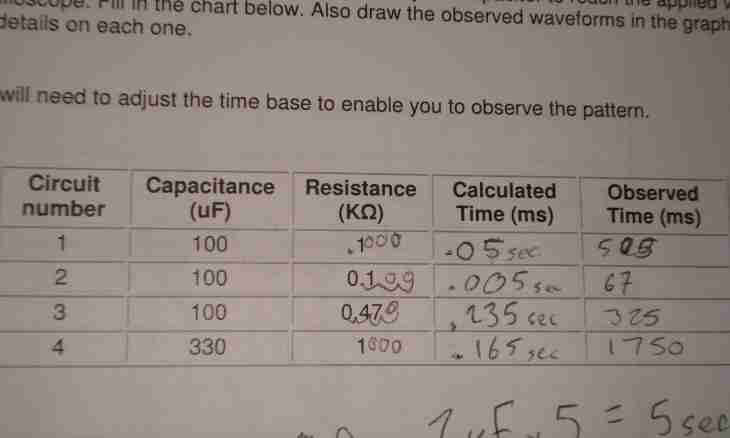The concept of a derivative is widely used in many fields of science. Therefore differentiation (calculation of a derivative) - one of basic problems of mathematics. For finding of derivative any function it is necessary to know simple rules of differentiation.
Instruction
1. For fast calculation of derivatives first of all learn the table of derivative main elementary functions. Such table of derivatives is submitted in the drawing. Then define to what type your function belongs. If it is simple function from one variable, find it in the table and calculate. For example, (√ (x)) ′=1 / (2× √ (x)).
2. Besides it is necessary to study the main rules of finding of derivatives. Let f(x) and g(x) – some differentiable functions, with – a constant. The constant is always taken out for the sign of a derivative, that is (с×f (x)) ′=c× (f(x)) ′. For example, (2×sin (x)) ′=2×(sin(x)) ′=2×cos (x).
3. If you need to find a derivative of the sum or the difference of two functions, then calculate derivatives everyone composed, and then put them, that is (f(x) ±g (x)) ′= (f(x)) ′ ± (g(x)) ′. For example, (x²+x³) ′= (x²) ′+ (x³) ′=2×x+3×x². Or, for example, (2^x−sin (x)) ′= (2^x) ′ −(sin(x)) ′=2^x×ln2−cos (x).
4. Calculate a derivative of performing two functions on a formula (f(x) ×g (x)) ′=f(x) ′ ×g (x) +f(x) ×g (x) ′ that is as the sum of works of derivative first function on the second function and derivative second function on the first function. For example, (√ (x) ×tg (x)) ′= (√ (x)) ′ ×tg (x)+ √ (x) × (tg(x)) of ′=tg (x) / (2× √ (x))+ √ (x)/cos² (x).
5. If your function represents private two functions, that is has an appearance of f (x)/g (x), for calculation of its derivative use a formula (f (x)/g (x)) ′= (f(x) ′ ×g (x) −f (x) ×g (x) ′) / (g(x)²). For example, (sin(x) / x) ′= ((sin(x) ′) ×x−sin (x) ×x²) / x²= (cos(x) ×x−sin (x)) / x².
6. If you need to calculate a derivative of difficult function, that is function of f (g(x)) having an appearance which argument is any dependence, use the following rule: (f (g(x))) ′= (f (g(x)) ′ × (g(x)) ′. At first take a derivative on a difficult argument, including its simple, then count a derivative of a difficult argument and multiply results. In such a way you will find a derivative of any degree of enclosure. For example, (sin(x)³) ′=3×(sin(x))²×(sin(x)) ′=3×(sin(x))²×cos (x).
7. If your task to calculate a derivative of the highest order, then calculate consistently derivative the lowest order. For example, (x³) ′′ = ((x³) ′) ′= (3×x²) ′=6×x.

